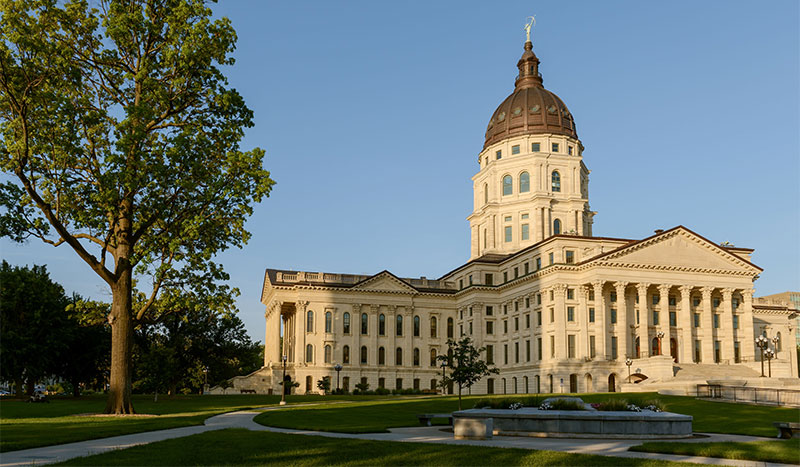
For years, critics have pointed to Kansas as a failed tax experiment—“cut taxes and calamity follows.” That’s a myth. The real problem wasn’t the tax cuts; it was the refusal to restrain spending. Kansas lowered income-tax rates in 2012 but let government outlays surge. By 2017, deficits ballooned, and lawmakers passed the largest tax hike in state history.
The lesson is simple: tax reform succeeds only when paired with strict spending discipline. You cannot reduce revenue growth while spending more.
Look at North Carolina, which cut taxes, created a flat tax, and capped spending growth. It is now on track to eliminate its corporate income tax entirely. Arkansas, Mississippi, and Oklahoma are also phasing out income taxes—precisely because they combined tax relief with fiscal restraint.
South Carolina has started down this path. The 2022 reform lowered rates, with the top individual rate to 6.0%. That’s progress—but without durable spending rules, the state could repeat Kansas’ mistakes.
Here’s how South Carolina can be “Kansas-proof”:
- Cap spending growth: Limit increases to population growth plus inflation as a hard maximum, not a target. That keeps the government from outpacing taxpayers’ ability to pay. Lawmakers should enact legislation stating that any spending changes must be less than population growth plus inflation. They should then require a high bar such as a two-thirds supermajority in order to override.
- Use surplus buydowns to cut rates: Dedicate surpluses first to buy down the income-tax rate to a flat tax and then to zero. This ensures tax relief is tied to real fiscal results—not wishful thinking.
- Flatten and simplify: Move to one low flat rate as quickly as surpluses allow, then continue to zero. Stability and predictability are magnets for people and businesses.
- Full expensing: Let businesses deduct new investments immediately, which frees up cash for expansion, jobs, and higher wages—while the spending cap ensures long-term balance.
- End carve-outs and subsidies: Stop picking winners and losers. Cut the rate for everyone instead of handing out narrow tax breaks.
South Carolina has a chance to be more than just another reform state—it can be a national leader. Roughly half the states have some form of spending cap or taxpayer bill of rights (TABOR), but most are riddled with loopholes or weak enforcement.
Colorado’s TABOR is the most well-known, and North Carolina has paired its cap with real tax relief. Yet few states have taken the bold step of tying a strict population-plus-inflation cap directly to surplus-driven income tax elimination. If South Carolina does this, it would set the standard for fiscal discipline nationwide.
This is not austerity; it’s alignment. A population-plus-inflation cap ensures the government grows only as fast as taxpayers can sustain. Surplus buydowns provide a responsible path to a flat tax and ultimately no income tax.
Kansas shows what happens when politicians cut taxes without controlling spending. North Carolina and others show what happens when states do it right. South Carolina should follow the proven path: spending restraint plus surplus-driven tax elimination. That’s a formula to let people prosper.
















